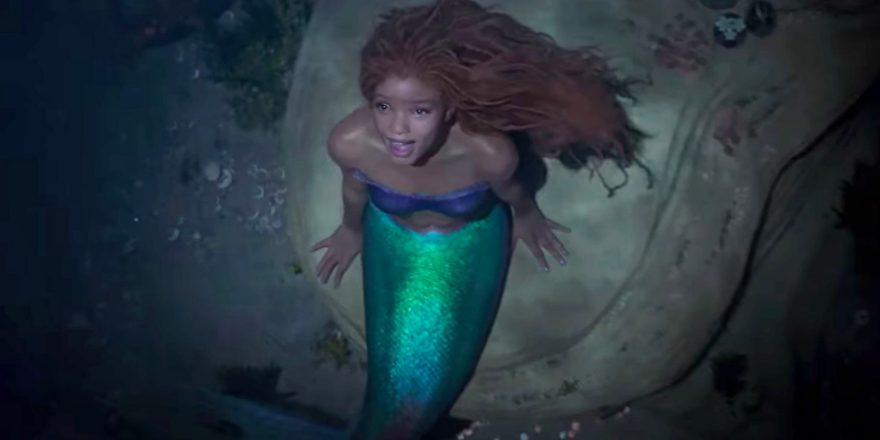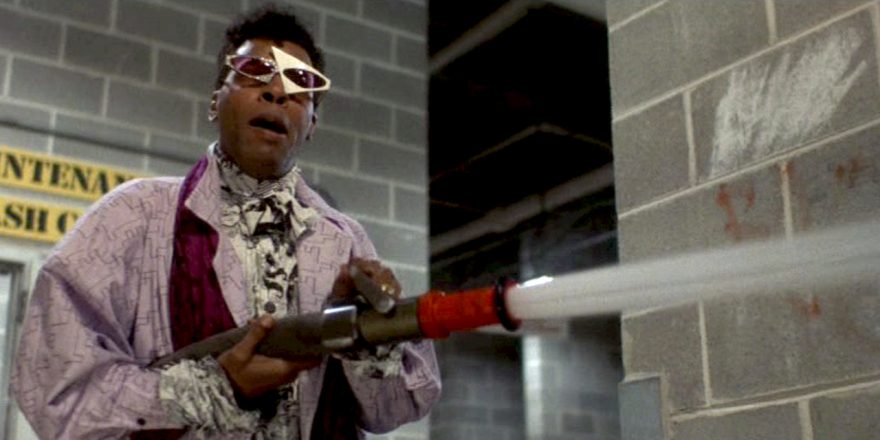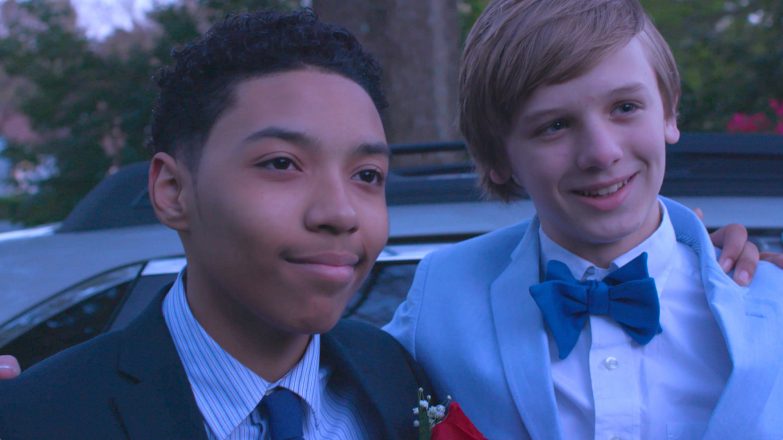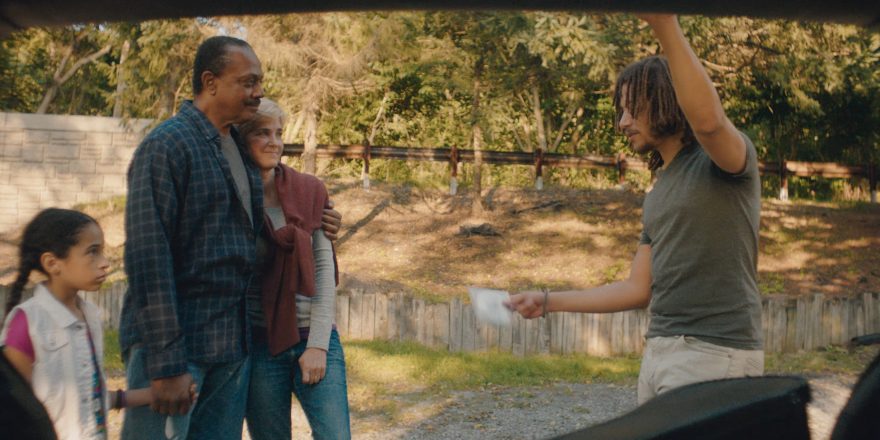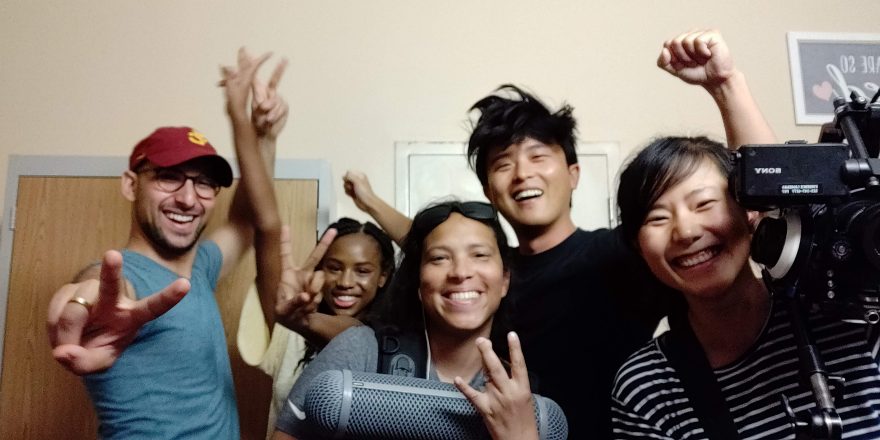Part I: Deondray Gossfield
I woke up late in the morning on September 9 to see my Instagram flooded with shares of the newly dropped teaser for Disney’s live-action version of The Little Mermaid, starring Halle Bailey, and couldn’t wait to get the sleep out of my eyes to take it in. I tapped the YouTube link, sat up in bed and beamed as I watched history unfold.
I was raised on Disney. The love was passed down from my grandmother, to my mother, then on to me and my little sister. In fact, my family celebrated my grandma’s 85th birthday at Disneyland.
I was filled with the sadness of that memory as I watched, and I was sorry my grandma wasn’t alive to witness this moment.
I caught a glimpse of the first few comments, and they were full of enthusiasm and excitement, but then quickly devolved into something far more sinister and malicious. I then went to Twitter to encounter much of the same social terrorism, and some even worse …
One Twitter user shared a digitally altered video (now deleted) where he turned Halle Bailey into a red-haired, blue-eyed white girl that users gleefully referred to as “fixed.”
This incredible moment was instantly ruined. Filled with utter exhaustion and exasperation instead of the usual rage, because that would have been reactive, impulsive, expected and linear, I shouted from the bed, albeit groggily, “What the heck!”
It wasn’t a question; it was a Black Lives Matter flag stabbed into the moon of my discontent. I was colonizing my anger.
The three words reverberating off the walls of my room echoed back to me as, “Enough!”
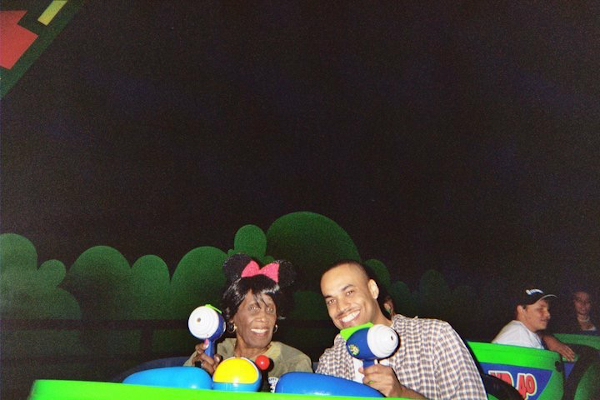
Enough with America’s resistance to change and progress. Enough with hate. Enough with nationalism and supremacy. Enough with lies being bent so much that they are perceived as truths. Enough with willful ignorance. Enough with racism. Enough with turning a Hollywood movie into a symbol of “woke’ism”… wait, is that even a bad thing?
Since when did being “woke” become pejorative?
Stay Woke” is an idiom that dates back to slavery and was a warning to other enslaved folks to stay aware of the goings-on of their enslavers hellbent on maiming and abusing them and to remain ever vigilant in the face of that life-threatening danger. The earliest use of the phrase in pop culture was in Lead Belly’s “Scottsboro Boys,” a song about nine teenaged Black boys wrongfully accused of raping two White women who later admitted they had fabricated the whole story. The line goes, “I advise everybody, be a little careful when they go along through there – best stay woke, keep their eyes open.”
Presently, it’s the rally cry of the Black Lives Matter movement and means virtually the same thing, but replaces the warning for enslavers with the evolved threat of White supremacists and corrupt police officers. Racist conservatives have perverted the term and made it derogatory, as if being alert and resistant of very real threats to one’s survival is perfunctory.
The “Great Replacement” has indeed begun now that the “Deep State” has replaced historically White mermaids, elves and superheroes with Black ones.
Hans Christian Andersen’s gay love letter to Edvard Collin, otherwise known as The Little Mermaid, was not the first tale of mermaids (it’s true, look it up). Anyone ever heard of Friedrich de la Motte Fouqué’s Undine published in 1881, or Abbé Nicolas-Pierre-Henri de Montfaucon de Villars’ Comte de Gabalis published in 1670, or the West, Central and Southern African folklore of “Mami Wata” that predates all of these?
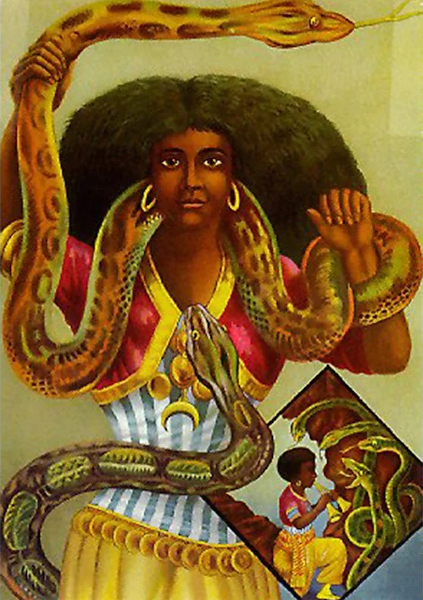
It can be argued that some of the earliest incarnations of mermaids can be traced back to ancient Africa before African wanderers evolved into Europeans and surely before Hans Christian Andersen penned his version.
So, what gives?
White supremacy is lazy, uneducated and deals only in absolutism, so it can’t recognize nuance. Like, how it doesn’t know the difference between Cleopatra and Elizabeth Taylor, or Lizzo and Gabourey Sidibe, or an innocent Black jogger and a vandal, or how mermaids, elves and superheroes can’t be historically anything because they aren’t real.
But the sentiment remains: Ariel is White, the way God and Hans Christian Andersen intended.
As my brain ached from the abandonment of logic that was on display, a hashtag began trending: #notmyariel.
A resolve came over me.
I simply whispered to myself, “You’re right. She’s not. She’s mine, and she belongs to everyone else who are agents of change, inclusion, equality and progress.”
Thank King Triton that it’s the majority of American hearts.
I drowned out the hate, smiled, and posted the movie poster on my Instagram story with the hashtag #myariel. I watched hundreds of Tik Tok videos of little Black girls cheering at the TV screen, delighted with seeing someone that looked like them in the story they’ve come to love.
My DMs were flooded with emojis and celebratory words.
The hate was soon drowned by the love and effectively dissolved into sea foam.
As a Black gay filmmaker, I was immediately filled with a renewed energy to keep creating content just like this that moves the needle for a more diverse world. Every child should be able to see themselves reflected in the most affirming ways possible. A brown version of a famed, fictional sea princess is a damn good start.
The Begin.

Part II – Quincy LeNear Gossfield
FADE IN: 1980s – Southside of Chicago – Winter
Monotone. Brown brick. Asphalt. Grey stone. Power and telephone lines overhead like spun webs. Not catching insects, catching conversations; prayers, wishes, promises, disappointments, lies and inconvenient truths.
Vacant lots. Overcast. Shades of muted blue. Dreams frozen on desolate faces. Hot Southern hopes turned cold Northern nightmares. Your frown, your protection. Hard is the season. You get the picture. This is home.
I am in elementary school. I must escape this place. If not physically, mentally. My heart tells me so. My soul screams like nails across a blackboard.
Little Black boy, imagine something greater, someplace greater.
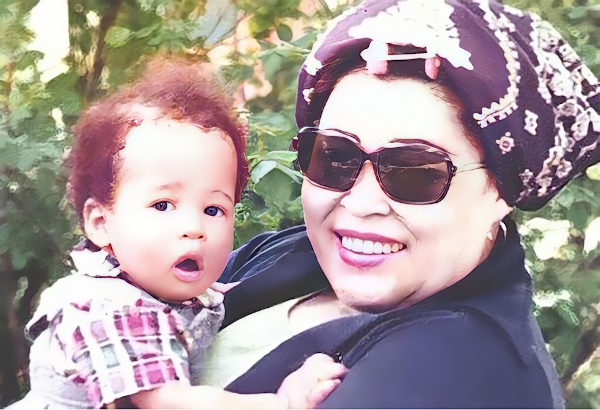
I am too small to run too far. Instead, I sit with Grandma. Stoic in her favorite chair, still like an ancient ruin in the middle of the city. Her eyes flicker with light. Her round pink cheeks shift colors: red, green, blue, yellow, reflecting the rays of a world from within an illuminated box. This box is her escape. So it becomes my own. In this box, I can be anything, anyone; be anywhere, real or imagined.
This is where I could go – until I could go. This is where I could be – until I could become.
I lived for the Sunday night Disney specials in Technicolor. Me and Grandma, promised a place of beauty, of innocence, of hope, of escape. Disney became my idol, Mickey Mouse my spirit animal. The movies, big screen or small screen, was where I could teleport. I wanted to be whisked off to Never Land with Peter Pan. I wanted to run the halls of the Magic Castle. I wanted to fly with Bedknobs and Broomsticks, float with umbrellas with Mary Poppins, and solve Who Framed Roger Rabbit.
Disney created a space where I could be a child and where adults could put down the burdens of adulthood – even in the hood – or at least imagine to.
Disney remained a place of magic for the children who came after me. I, then the big brother, the big cousin, the uncle, would act along with the characters of The Little Mermaid, Beauty and the Beast and The Lion King, keeping the little ones entertained, smiling – smiling big – their little faces lit up from within. Their laughter and awe, pure, transcendent.
This was their happy space as it had been mine, had been my grandmother’s – to believe in full color in an often grey place.

Even still, it was never fully ours to possess. It was as make-believe as the make-believe. We were simply onlookers, window shopping dreams, finding joy vicariously through the happiness of the characters who never looked like us, never sounded like us, because they never were us. We came in through the back door, watched and listened from the other room while they danced, they sang, they fell in love, they overcame, they hoped, they won, they dreamed, they conquered and they imagined. We imagined the same, having the same, being the same, and for those fleeting moments, we believed in bigger things as they believed.
We dress in their costumes, adorn their wigs, decorate our birthday cakes and our rooms with their faces, their toys, their clothes, sleep in their bed sheets and pillows, sip from their sippy cups and retell their stories at bedtime, over and over and over again, until we have all but forgotten who we are. Yet to them, we have been but shadows on a wall, cobwebs in a corner, invisible, silent, behind or beneath.
Today, I am a storyteller. A filmmaker. That same little Black boy from Chicago in the ’80s who was inspired to dream out of his despair by the likes of Walt Disney, Jim Henson, Steven Spielberg and George Lucas, and the stories they told about people who rarely ever looked like me, because they never were me. That is no longer the world of imagination I/we/you have to accept, because imagination teaches us all to dream bigger. So shall I.
From brown mermaids to brown elves, from brown superheroes to brown female warriors, little brown boys and little brown girls, you are deserving of dreams too. You are deserving of imagination too. You are deserving of heroes too. You are deserving of seeing yourself reflected back to you, and shall your light shine in the corners of every home and flicker in the eyes of every man, woman and child. Shall your stories be told too, because your humanity is everyone’s humanity and shall the power of imagination make believers of us all.
Featured image shows Halle Bailey as the title character in the forthcoming live-action version of The Little Mermaid.


